Dropbox is a free service that lets you bring your photos, docs, and videos anywhere and share them easily. Never email yourself a file again!
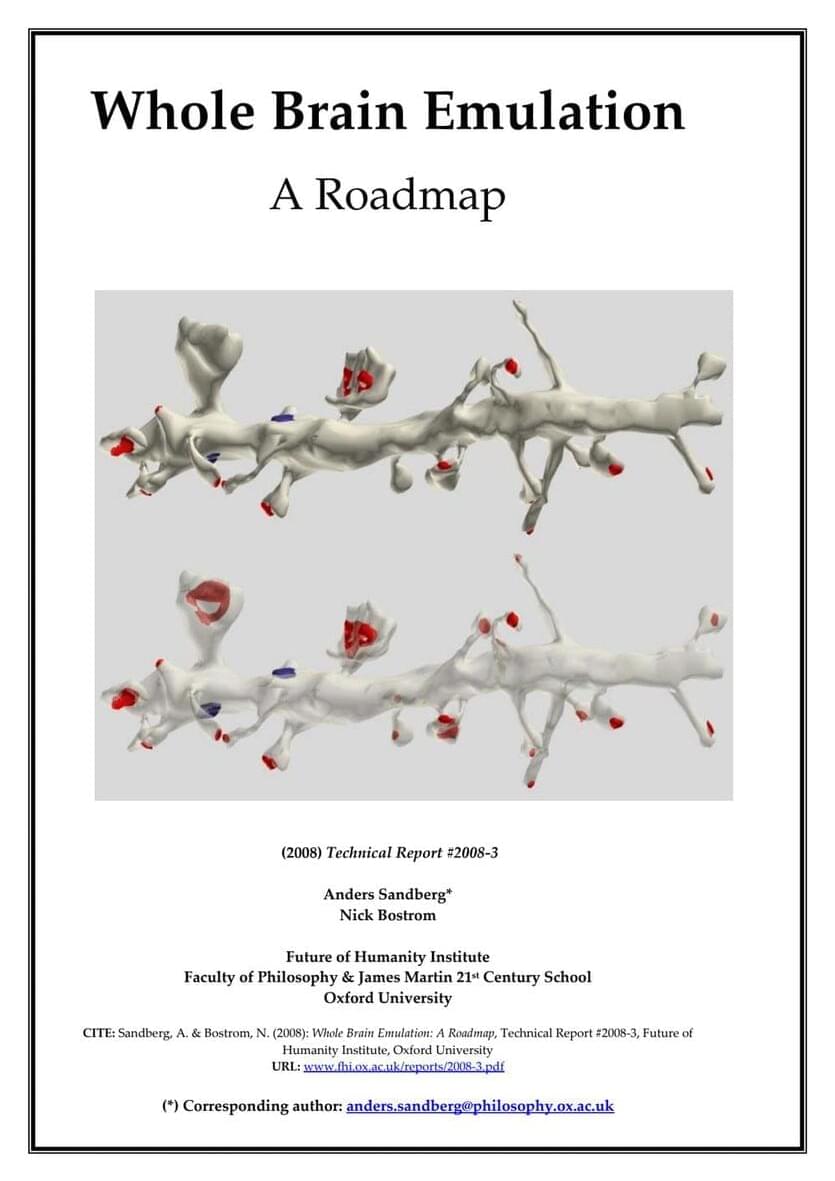

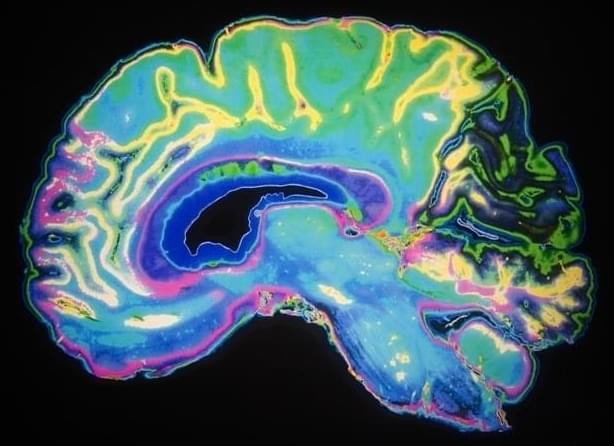
Synthetic hydrogels were shown to provide an effective scaffold for neuronal tissue growth in areas of brain damage, providing a possible approach for brain tissue reconstruction.
While growing brains may sound like something out of a science fiction movie, a cross-disciplinary team of researchers at Hokkaido University have made a step in that direction. They used hydrogel materials, in combination with neural stem cells, to grow new brain tissue. This is important since, when tissue in our brain is damaged, the neuronal tissue does not have the same regenerative capacity as other parts of our body such as skin.
The first step for researchers was to develop a hydrogel material in which neural stem cells could survive. They found that a neutral gel made with equal parts positively and negatively charged monomers resulted in the best cell adhesion. Researchers then adjusted the ratios of crosslinker molecules to achieve a stiffness similar to that of brain tissue; pores were then created in the gel in which cells could be cultured.
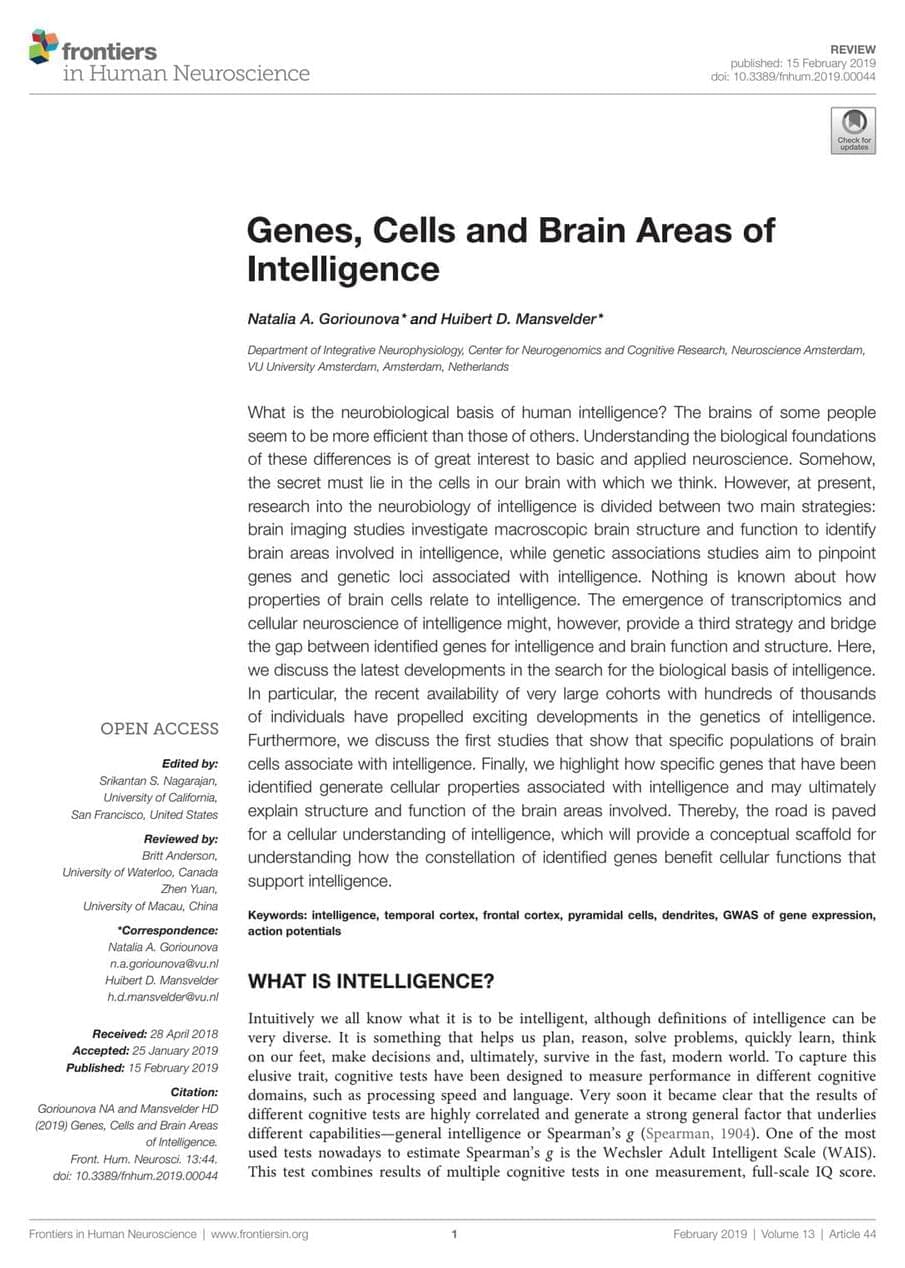
Talking about E5.
Rats are also useful for aging research and for cooking ratatouille. But in all seriousness, take a look at this recent headline article — “We have the oldest living female Sprague Dawley rat,” said Dr Harold Katcher, a former biology professor at the University of Maryland, now chief scientific officer at Yuvan Research, a California-based startup.
So, Rejuvenation & rats. That’s what we’re talking about today, and how this rat has apparently become the longest living rat for its species following concentrated plasma injections from young blood plasma, and what this could mean for human therapeutics, along my perspectives. But, before we get there we must go back, back to the late 1950s and early 1960…to a time when The Sheekey Science Show did not exist, but when researchers, such as Clive McKay did, and these researchers were conducting a procedure called heterochronic parabiosis.
Find me on Twitter — https://twitter.com/EleanorSheekey.
Support the channel.

Every minute of every day, your body is physically reacting, literally changing, in response to the thoughts that run through your mind.
It’s been proven over and over again that just thinking about something causes your brain to release neurotransmitters, chemical messengers that allow it to communicate with parts of itself and your nervous system. Neurotransmitters control virtually all of your body’s functions, from hormones to digestion to feeling happy, sad, or stressed.
Studies have shown that thoughts alone can improve vision, fitness, and strength. The placebo effect, as observed with fake operations and sham drugs, for example, works because of the power of thought. Expectancies and learned associations have been shown to change brain chemistry and circuitry which results in real physiological and cognitive outcomes, such as less fatigue, lower immune system reaction, elevated hormone levels, and reduced anxiety.
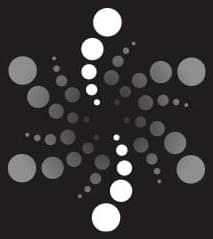
Here’s a new story on my AI & ChatGPT ideas from Singularity Group (Singularity University). Special thanks Steven Parton & Valeria Graziani:
In episode 90 of the Feedback Loop Podcast: “The Current State of Transhumanism,” we catch up with one of our first guests on the show, çΩΩ≈ΩΩ
The swift progress in biotechnology, artificial intelligence (AI), and neuroscience has been a significant contributor to the growth of transhumanism. Nevertheless, despite the increasing interest in this field, many remain apprehensive about the consequences of employing technology to augment the human body and mind. Ongoing discussions revolve around the ethics of creating superhumans, the possible hazards of artificial intelligence, and the potential societal impact of these technologies.
So according to Zoltan Istavan what’s changed and what is waiting for us in the future?
1. The last ten years have been disappointing for the longevity movement.
While the transhumanism movement aims to find ways to help us live longer, better lives – if not indefinitely, the science and biological testing and breakthroughs needed are taking a lot longer than many anticipated.
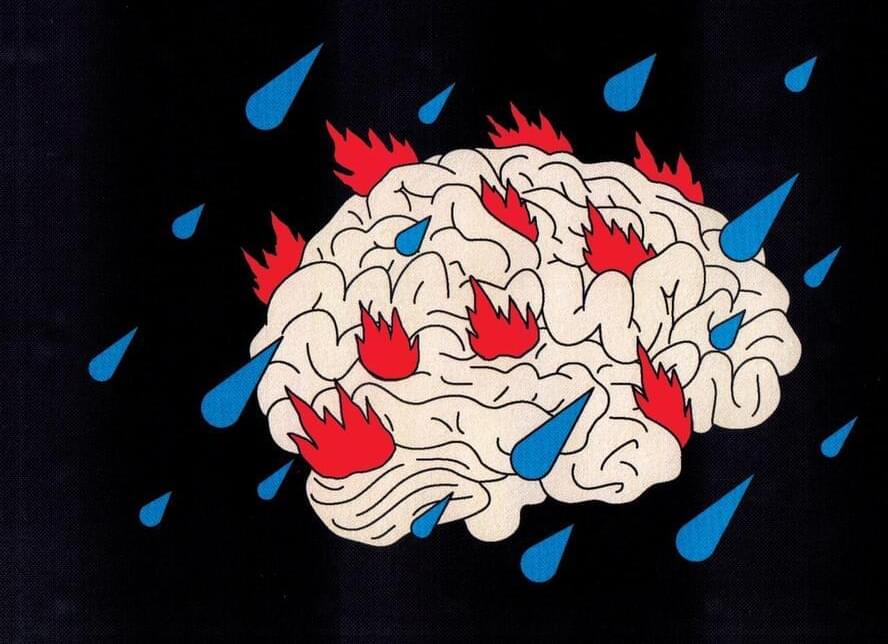

Humans and animals detect different stimuli such as light, sound, and odor through nerve cells, which then transmit the information to the brain. Nerve cells must be able to adjust to the wide range of stimuli they receive, which can range from very weak to very strong. To do this, they may become more or less sensitive to stimuli (sensitization and habituation), or they may become more sensitive to weaker stimuli and less sensitive to stronger stimuli for better overall responsiveness (gain control). However, the exact way this happens is not yet understood.
To better understand the process of gain control, a research team led by Professor Kimura at Nagoya City University in Japan studied the roundworm C. elegans. They found that, when the worm first smells an unpleasant odor, its nerve cells exhibit a large, quickly increasing, and continuous response to both weak and strong stimuli. However, after exposure to the odor, the response is smaller and slower to weak stimuli but remains large to strong stimuli, similar to the response to the first exposure to the odor. Because the experience of odor exposure causes more efficient movement of worms away from the odor, the nerve cells have changed their response to better adapt to the stimulus using gain control.
Then the researchers used mathematical modeling to understand this process. Mathematical modeling is a powerful tool that can be used to better understand complex biological processes. They found that the “response to first smell” consists of fast and slow components, while the “response after exposure” only consists of the slow component, meaning that the odor experience inhibits the fast component to achieve gain control. They further found that both responses could be described by a simple differential equation and that the slow and fast components correspond to the leaky integration of a first and second derivative term of the odor concentration that the worm senses, respectively. The results of this study showed that the prior odor experience only appears to inhibit the mechanism required for the fast component.
Researchers from the University of Cincinnati examined the post-treatment journals kept by participants in a 2014 smoking cessation study that found psychedelics were effective in helping some people quit smoking for years.
In a new paper published in the Kennedy Institute of Ethics Journal, researchers analyzed the participants’ own words and found that psychedelics combined with talk therapy often helped longtime smokers see themselves as nonsmokers. This new core identity might help explain why 80% of participants were able to stop smoking for six months and 60% remained smoking-free after five years.
The 2014 study by researchers at Johns Hopkins University found that participants who wanted to quit smoking and used psilocybin, the active hallucinogenic ingredient in psychedelic mushrooms, combined with cognitive behavioral therapy were far more likely to succeed than those who try other traditional quit-smoking methods.
A study published in Cell Stem Cell this month concluded that they can. Using brain organoids made from human cells, a team led by Dr. Han-Chiao Isaac Chen at the University of Pennsylvania transplanted the mini-brains into adult rats with substantial damage to their visual cortex—the area that supports vision.
In just three months, the mini-brains merged with the rats’ brains. When the team shone flashing lights for the animals, the organoids spiked with electrical activity. In other words, the human mini-brain received signals from the rats’ eyes.
It’s not just random noise. Similar to our visual cortex, some of the mini-brain’s neurons gradually developed a preference for light shone at a particular orientation. Imagine looking at a black and white windmill blow toy as your eyes adjust to the different moving stripes. It sounds simple, but the ability of your eyes to adjust—dubbed “orientation selection”—is a sophisticated level of visual processing that’s critical to how we perceive the world.